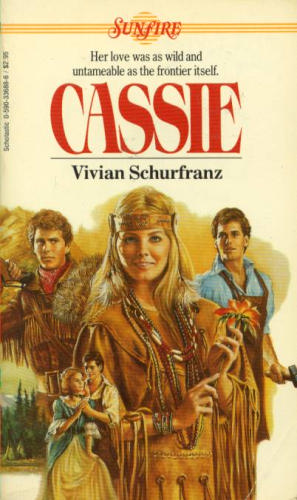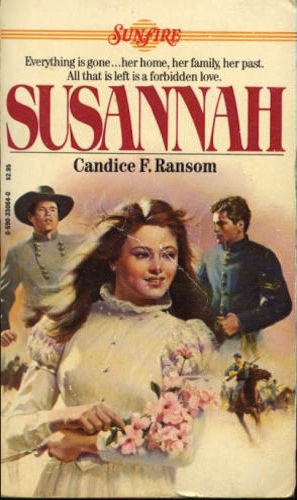 I just spent a weekend at an English teachers’ conference, and it made me remember how much I love reading YA fiction (which I haven’t done for a while), and also that Eleanor & Park was on my Kindle, and I hadn’t read it yet.
I just spent a weekend at an English teachers’ conference, and it made me remember how much I love reading YA fiction (which I haven’t done for a while), and also that Eleanor & Park was on my Kindle, and I hadn’t read it yet.
I feel a little inadequate to the task of describing this book because there is a lot that a summary can’t capture. Eleanor & Park is the story of two tenth graders who meet on the school bus on Eleanor’s first day at North High School in Omaha, NE. Slowly, the two start to realize they have some things in common, and by Christmas, they’ve fallen hard for each other. Eleanor has a difficult home life, but she tells no one, not even Park. Her stepfather is an abusive alcoholic, and her father has almost no involvement in her life. Her mother is trapped. When Park asks Eleanor “Why doesn’t she leave?”, Eleanor can only reply “I don’t think she can… I don’t there’s enough of her left” (196). Eleanor had been kicked out of her mother and stepfather’s home for a year previously, and she knows her position in the house is precarious. Honestly, Eleanor will break your heart.
I knew I was going to connect to this book when I opened it and saw it began in August, 1986. I suppose that means this book is historical fiction, but to be honest, I can’t look at it that way, even if its intended audience includes people who were born more than a decade after 1986. August, 1986 was the year I started high school myself—coincidentally at a school named North High School (actually, Parkway North, to be more precise). I had just moved, and I was really nervous about school. I can recall the bus politics of worrying over where to sit quite well. I actually wonder if this book isn’t more appropriate for someone like me than for a teenager. I gulped it down in one evening, only putting it down to make up the dough for our Thanksgiving rolls. It’s a little hard not to fall in love with both Eleanor and Park.
One of the best things about the book is the music references. Rainbow Rowell made playlists, which you can find on her blog. Eleanor and Park connect over comic books and the music mix tapes Park shares with Eleanor. Remember mix tapes? They were magical. They took a long time to make, and there was hardly anything more you that you could give someone than a mix tape. I used to have quite a talent for making them, too. Spotify is awesome in many ways, one of which is that it takes the mix tape to the next level. It’s actually my favorite thing about Spotify. I feel like I make tons of “mix tapes.” But there is something about the dedication it used to take to sit down in front of the stereo, select the songs, and try to get them to fit without too much blank space on either side of the tape.
Actually, I pretty much loved everything about this book, and I can’t really do better than what YA author John Green had to say about the book: “Eleanor & Park reminded me not just what it’s like to be young and in love with a girl, but also what it’s like to be young and in love with a book.”
Updated to add that Forever Young Adult made an excellent mix tape for the book:
Rating:







